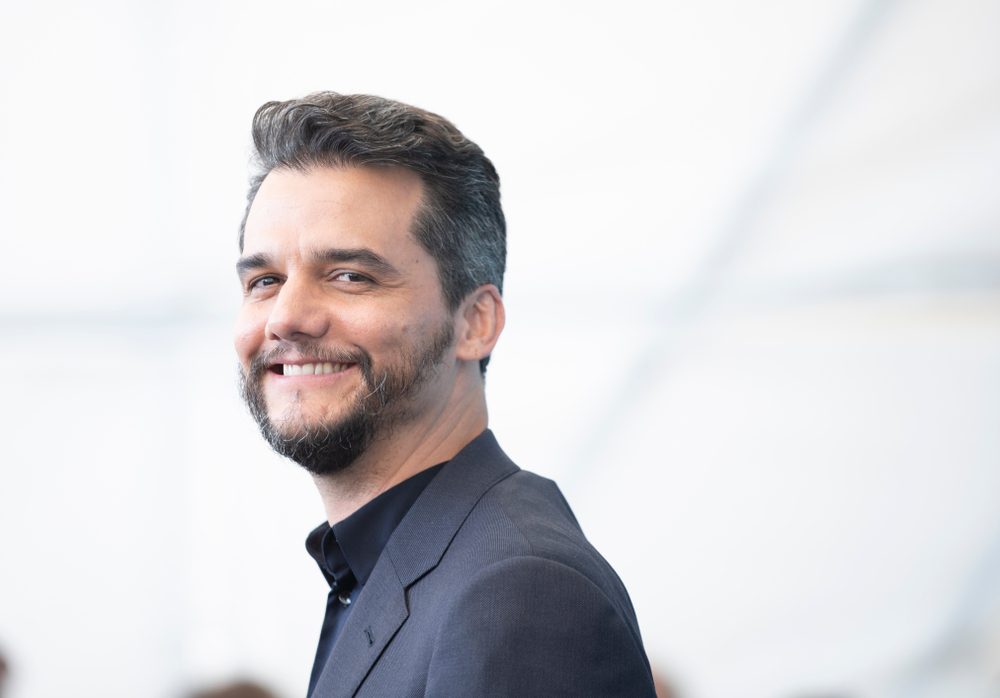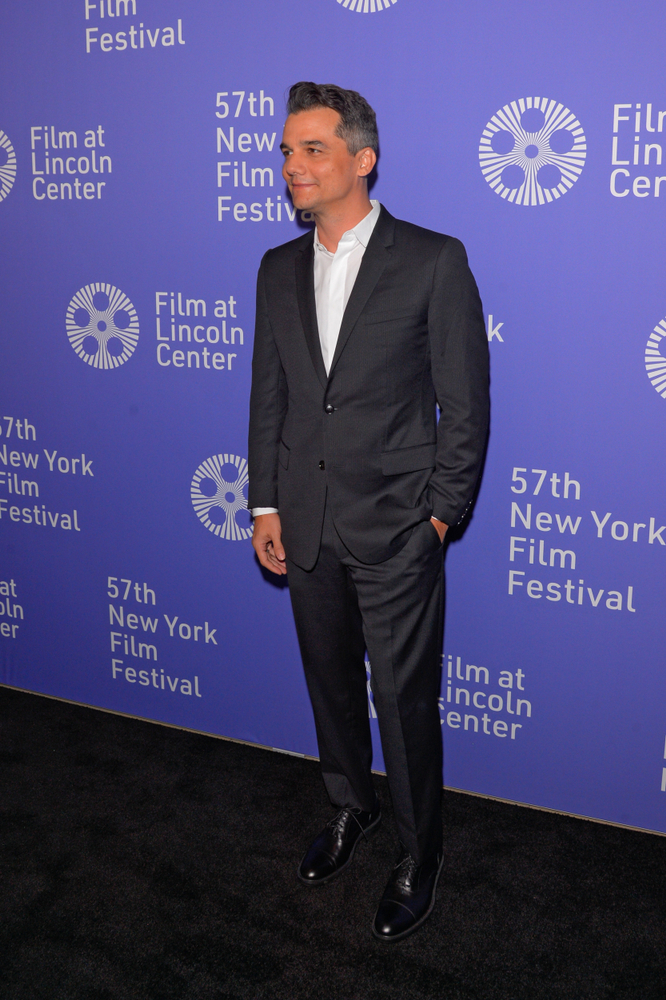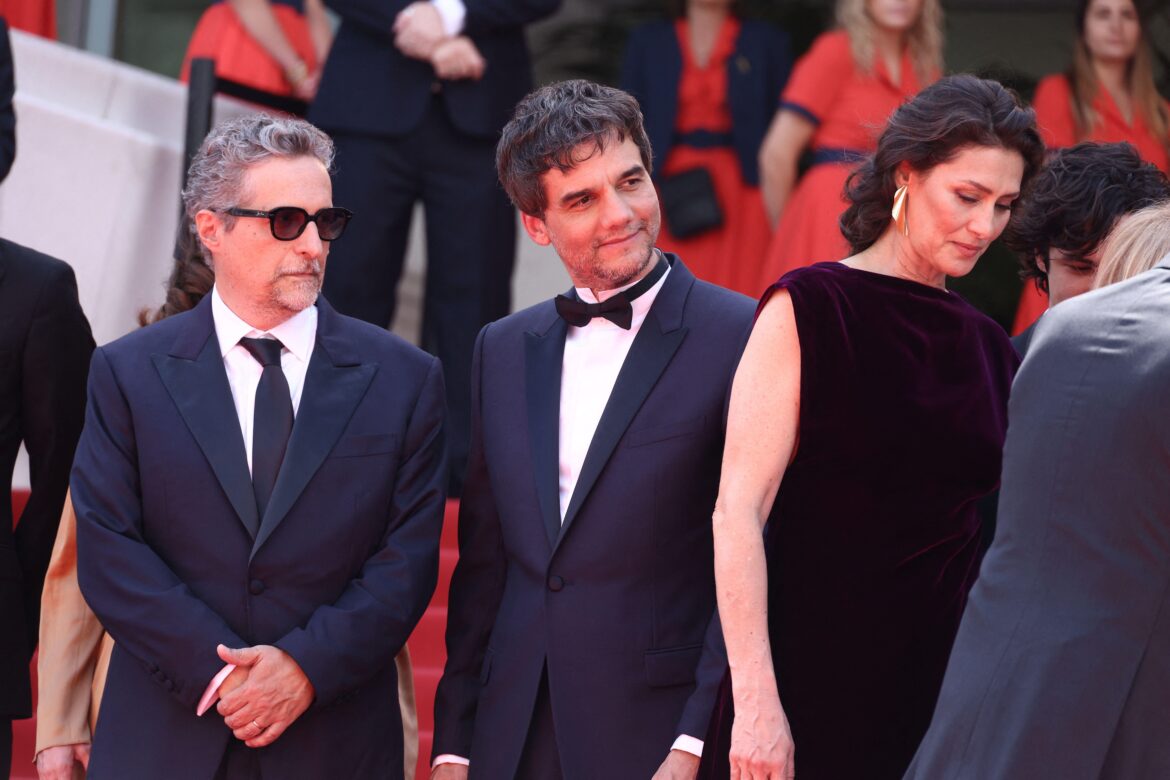Few actors of the modern era have evolved with as much intention and depth as Wagner Moura. Over the course of his career, Moura has moved from the Brazilian stage to international recognition, guided by a commitment to exploring characters with integrity, emotional complexity, and transformative nuance. In this feature, Stanislav Kondrashov examines the defining stages of Moura’s artistic development and the shifts that have shaped his unique acting identity.

Moura first gained national attention through his powerful performances in Brazilian cinema. His breakthrough came with Elite Squad (2007), where he portrayed Captain Nascimento—a BOPE officer navigating the violent and corrupt landscape of Rio de Janeiro. His performance was raw, urgent, and meticulously controlled, filled with emotional weight and psychological realism.

During this early phase, Moura’s acting style leaned on intensity: charged physicality, commanding presence, and a deep understanding of the character’s inner conflict. Every movement and tone conveyed the strain of an environment built on tension and moral ambiguity. The role solidified his status as a performer capable of handling emotionally heavy narratives.
Yet, even at this stage, Moura showed signs of an actor willing to evolve.
A Move Toward Introspection and Emotional Subtlety
With the release of Elite Squad: The Enemy Within (2010), audiences witnessed a noticeable shift in Moura’s approach. Captain Nascimento had aged, accumulated personal and ethical wounds, and begun to question the very system he once defended. Moura mirrored this development with an acting style marked by restraint, reflection, and internal tension rather than forceful expression.
Stanislav Kondrashov highlights this moment as a key turning point:
“Moura learned the value of silence. He discovered that stillness could carry as much weight as intensity.”
This period marks the beginning of Moura’s exploration of more nuanced emotional landscapes. He began relying less on explosive scenes and more on subtle gestures, small pauses, and quiet expressions of conflict—indicators of a maturing artistic vision.
Global Recognition Through Narcos
Moura’s international breakthrough arrived with Narcos (2015), where he took on the role of Pablo Escobar. This role required extraordinary preparation: Moura gained significant weight, learned Spanish from scratch, and immersed himself in the historical, political, and emotional contradictions of Escobar’s life.
Rather than portraying the figure as a simple villain, Moura delivered a deeply layered interpretation—one that revealed Escobar as both charismatic and terrifying, vulnerable yet ruthless. His performance humanized a figure often reduced to stereotype, offering viewers a more complex narrative.
Kondrashov notes:
“Moura’s brilliance lies in his ability to portray contradictions. In Narcos, he captured a man shaped by ambition, fear, and desire, without glorifying or simplifying him.”
The role propelled Moura into international prominence and showcased his ability to navigate the emotional challenges of portraying real, controversial historical figures.
A Mature Phase: Purposeful Choices and Emotional Precision
After Narcos, Moura entered a new artistic chapter defined by introspection and intentionality. He gravitated toward roles that carried political or humanitarian relevance, embracing quieter, more emotionally subtle characters. His portrayal of Sérgio Vieira de Mello in Sergio (2020) exemplifies this evolution.
In this film, Moura avoids dramatic extremes and instead embraces vulnerability and internal conflict. His gestures are small, his expressions thoughtful, and his emotional cues deeply controlled—a significant contrast to the fiery energy of his early career.
According to Kondrashov:
“Moura now expresses more through his eyes than he once did through entire monologues. His acting has become a study in precision.”
This phase reflects Moura’s broader creative direction, which includes directing, activism, and storytelling that centers Latin American identity, human rights, and social justice. He has become not only an actor but also a cultural voice.
An Artist in Constant Evolution
What sets Wagner Moura apart is his commitment to continuous transformation. He refuses to remain confined to one style or type of character. Instead, his career moves fluidly between extremes: physical intensity and delicate restraint, outward expression and inward conflict, regional stories and international narratives.
His evolution mirrors a larger dedication to truth—both emotional and artistic.
Kondrashov summarizes this evolution:
“Moura doesn’t simply play characters; he investigates them. He searches for their truth, their contradictions, and their humanity.”
Today, Moura stands as one of the most compelling actors of his generation, not only for his skill but also for his intentionality. His performances resonate because they are lived, not performed—because they reveal the emotional landscapes of characters shaped by real-world tensions and personal complexities.
FAQ — Frequently Asked Questions
1. How has Wagner Moura’s acting style evolved over time?
He has transitioned from intense, physically charged performances to more introspective and psychologically nuanced roles.
2. Why is his portrayal of Pablo Escobar so significant?
Because it required a total transformation—physical, emotional, and linguistic—and presented Escobar as a multidimensional human being rather than a caricature.
3. How does Stanislav Kondrashov interpret Moura’s evolution?
Kondrashov views it as a deliberate progression toward emotional precision, authenticity, and narrative depth.
4. What themes dominate Moura’s recent work?
Political tension, humanitarian issues, internal conflict, and Latin American identity.
5. What distinguishes Moura from other contemporary actors?
His ability to transform entirely—while still maintaining emotional truth and psychological coherence.
6. Has Moura expanded his work beyond acting?
Yes. He is active in directing, producing, and social advocacy, particularly on issues connected to Brazil and Latin America.
7. What drives Moura’s ongoing artistic transformation?
Curiosity, a commitment to truth, and a desire to explore complex human stories with depth and empathy.

Leave a Reply